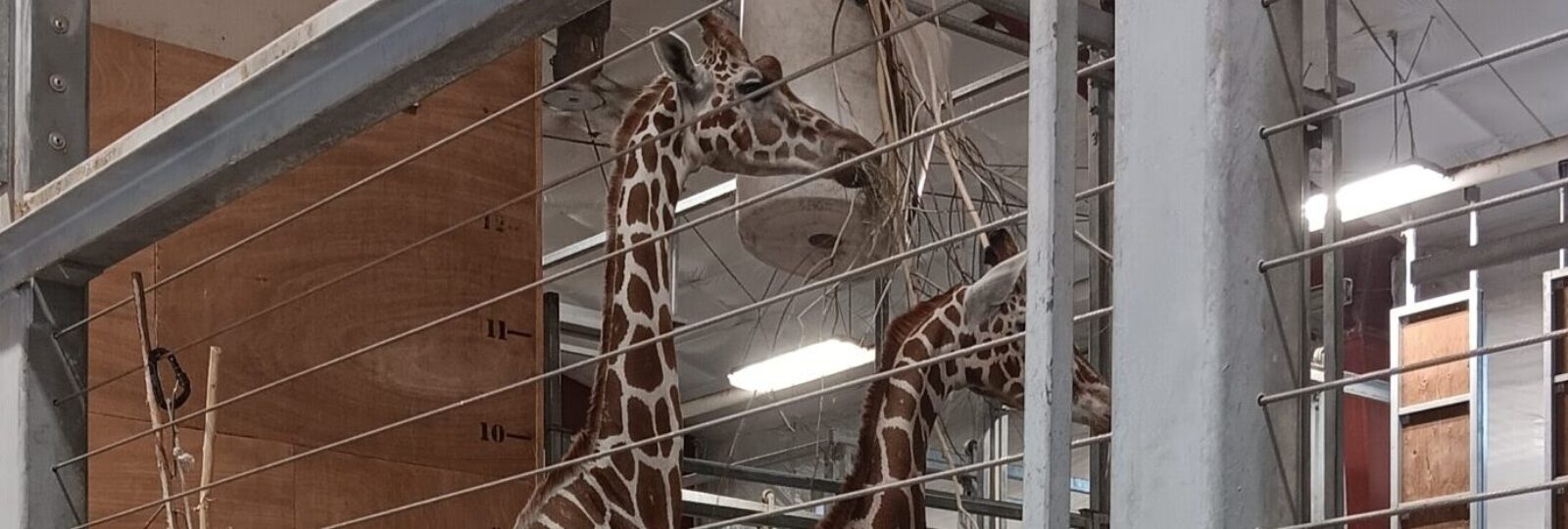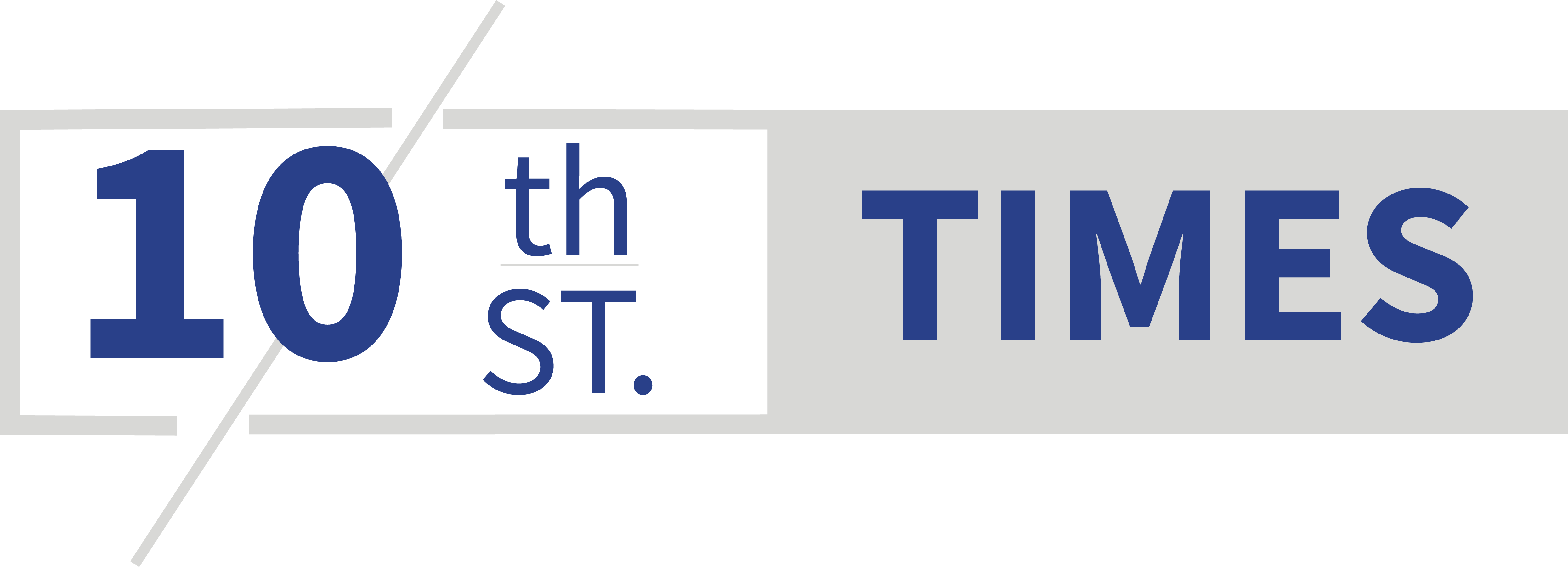Impact of Media on Zoo Animals
Share this story

In 2024, many zoos and animal sanctuaries are using social media to educate the public on conservation and wildlife. Still, the internet and media community has an unseen crucial impact on conservation and zoo life behind the scenes.
On many online platforms, cute and funny animals are going viral every day. Some notable examples are Moo Deng, the pygmy hippo and Pesto, the king penguin. Throughout history, animals have become “man’s best friend” with cave art dating back to prehistoric times. Yet the more media develops, the more animals in captivity are being exploited.
Bre Newberry, a junior at Waukee Northwest High School and an APEX (Aspiring Professional Experience) Animal and Veterinary Science student states “I hope [zoo animals] are treated better because of the money they received from the videos, but in reality, nothing’s probably changed, and they’re using the money for other stuff.”
A lot of the public interacts with cute videos and posts daily with the hope that the money from the videos goes to the conservation and preservation of wildlife. Zoos use cute videos to promote education on conservation, but in reality, the amount of money made from AZA (Association of Zoos and Aquariums) accredited zoos used for conservation is only 5 percent of total earnings. 252 million dollars go to field conservation and research, but 25 billion dollars is earned yearly from AZA zoos, according to an analysis and report by Tse-Lynn Loh on FACETS.
On an entertainment level, animals in zoos are not only being used for online entertainment but in-person exploitation. Significant examples include Tilikum, Asha and Ivan, all animals that were used for entertainment that caused serious mental and physical effects.
Without realizing the fact, the support of many zoos is supporting malpractice and mistreatment towards species. Yet some zoos, like Blank Park Zoo, in Des Moines, Iowa, have made it a point of interest to use their media and animals for educational purposes while keeping the animals in a safe environment and giving animals the option to participate. Iowans have taken notice of the proper care that Blank Park provides.
Hiya Shah, a sophomore at Northwest High School says “I feel like whatever interaction I have seen between the zookeepers and the animals is really nice. Like, the giraffes are treated very nicely.”
Blank Park Zoo has become a leader in the world of care for zoo animals. A featured project at Blank Park is the Giraffe Welfare Project, which monitors exercise and activity in their enclosures, so keepers can identify any health or wellness problems. As well as welfare projects, Blank Park is a leading participant in AZA’s Species Survival Plan program which helps selected species have a better chance of surviving extinction. Supervisors for each species involved monitor everyday activities including education on how we can prevent extinction.
According to the Blank Park Zoo website, “[Species Survival Plans] also develop husbandry manuals that set guidelines based on the best current scientific knowledge for the diet and care of the species in captivity. With standardized practices, it is easier to detect potential health and husbandry problems.”
In recent times of growth in media, many zoos and facilities use media as an important factor in conservation and entertainment. Yet Blank Park Zoo, which calls Iowa home, is a leading example of how proper usage of media and education can make a difference.
In 2024, many zoos and animal sanctuaries are using social media to educate the public on conservation and wildlife. Still, the internet and media community have an unseen crucial impact on conservation and zoo life behind the scenes.
